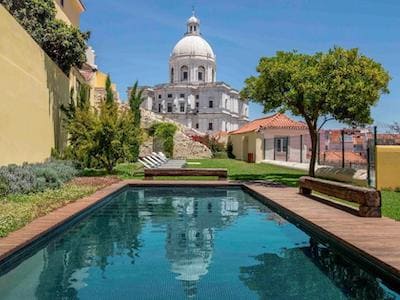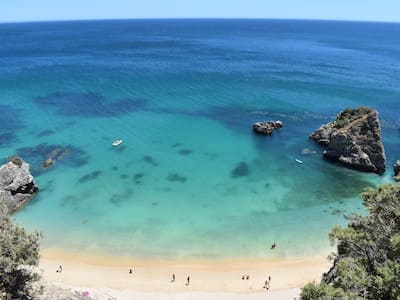
View from the top of the main arches of the aqueduct
Lisbon's monumental aqueduct is one of the world's most remarkable hydraulic and engineering constructions of all time, and is part of the award-winning Water Museum.
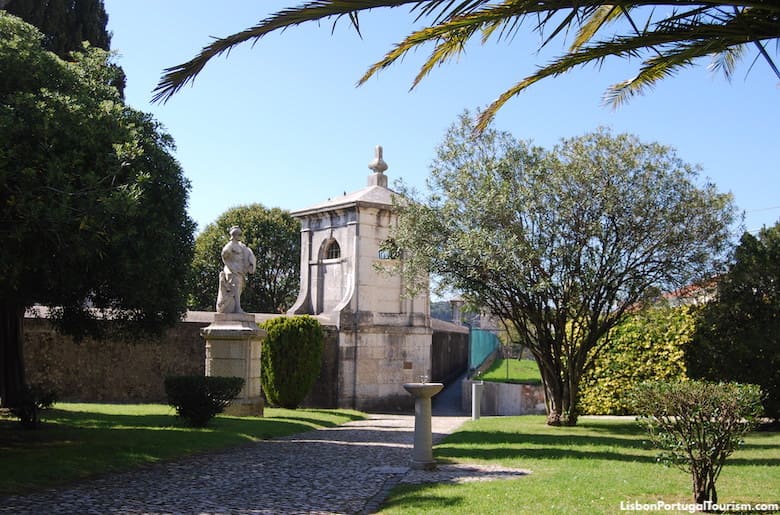
Entrance to the main section of the aqueduct
It was built in the 1700s to provide clean drinking water to the city, and had the tallest stone arches in the world when it was built (the largest is 65m/213ft high).
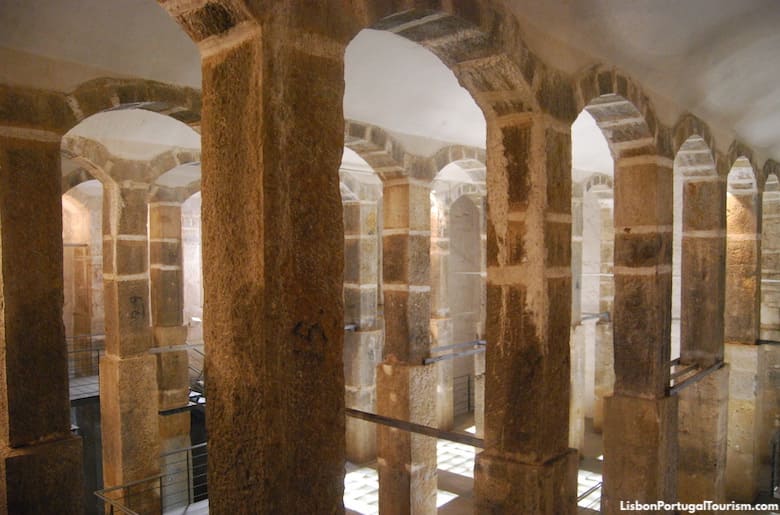
The reservoir in Príncipe Real
Its 109 arches survived the Great Earthquake of 1755 that destroyed practically everything else in the city, and you may now walk over them during a visit.
It runs for 58Km (36 miles), with the largest 14 arches best seen from the Campolide train station.
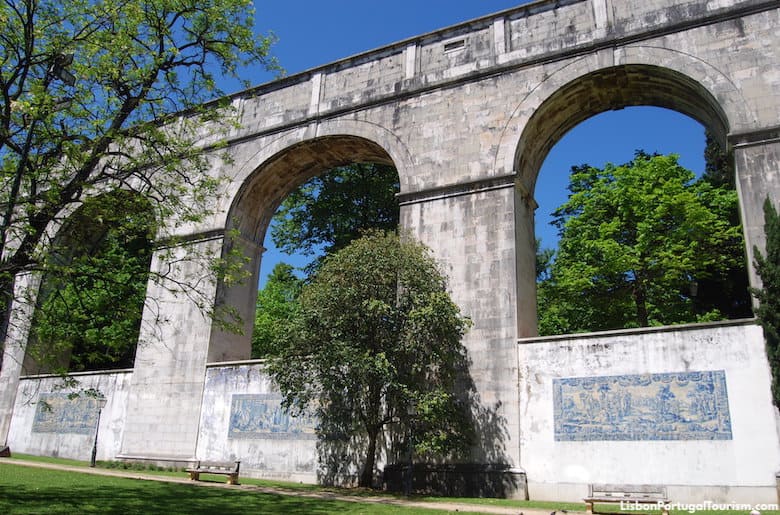
The smaller arches in Amoreiras are decorated with tile panels
The last section can be visited by Jardim das Amoreiras, with small arches decorated with tile panels illustrating human consumption of water over history. Those arches lead to a reservoir named Mãe D´Água, whose interior currently hosts temporary exhibitions and cultural events, and whose rooftop offers a view of the arches and of the surrounding neighborhood.

The Mãe d'Agua reservoir in Amoreiras
Another tank under the garden of Príncipe Real can be visited on Saturdays and Sundays, and the permanent exhibition of the Water Museum is found close to Santa Apolonia station.
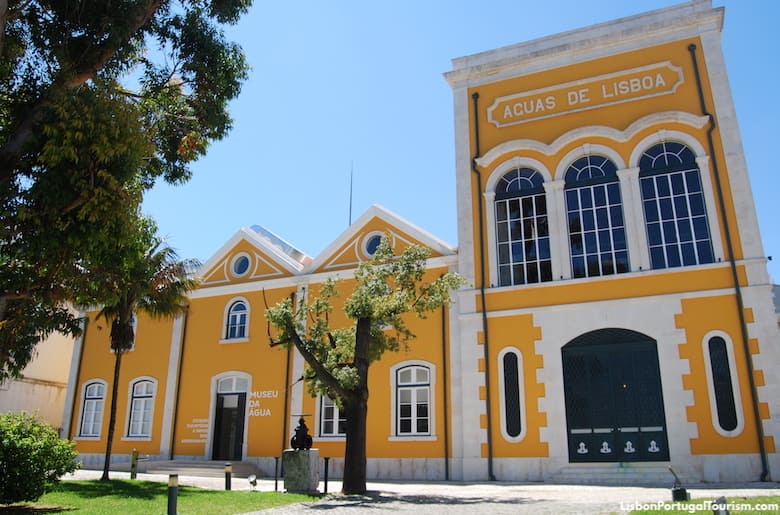
The former steam pumping station is the main branch of the Water Museum
That exhibition is in the former steam pumping station, and it preserves the iron and steel machinery in the Victorian and Neoclassical styles, considered treasures of Europe’s historical and industrial heritage.
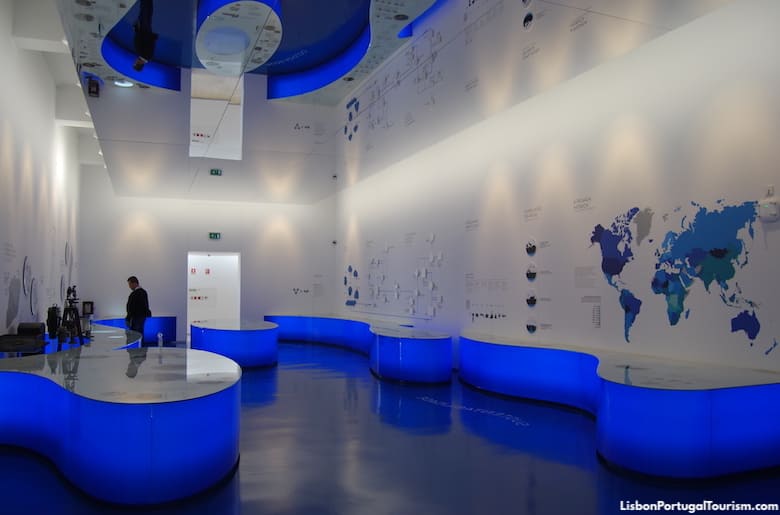
Exhibition in the main branch of the Water Museum
How to Get to the Aqueduct and the Water Museum
The last stop of tram 24 (which departs from Praça Luís de Camões in Chiado) is about a 10-minute walk from the aqueduct, as is the stop of bus 758 in front of the Amoreiras shopping mall (it departs from outside the Cais do Sodré train station).
The arches and reservoir in Jardim das Amoreiras are just a few feet from the Rato metro station (last stop of the yellow line), and the main branch of the Water Museum is about a 15-minute walk from behind Santa Apolónia Station (last stop of the metro’s blue line).
You may ride the tram, the bus and the metro (as well as the city’s funiculars and trains) for free with the Lisboa Card.
Calçada da Quintinha, 6 (aqueduct) | Rua do Alviela, 12 (museum)
Admission and Tickets to the Aqueduct and the Water Museum
Admission to the aqueduct is €4.00. The exhibition in the Water Museum and the reservoir in Jardim das Amoreiras are also €4.00, while the tank in Príncipe Real is €2.00 (there’s a 50% discount at all these sights with the Lisboa Card).
The aqueduct and the reservoir in Amoreiras are closed on Mondays; the main branch of the Water Museum opens every day
Attractions Nearby
The Amoreiras shopping mall and its observation deck is a 10-minute walk from the aqueduct. The Arpad Szenes - Vieira da Silva Museum faces the arches in Jardim das Amoreiras. The Military Museum is about a 15-minute walk from the main branch of the Water Museum by Santa Apolónia Station.

